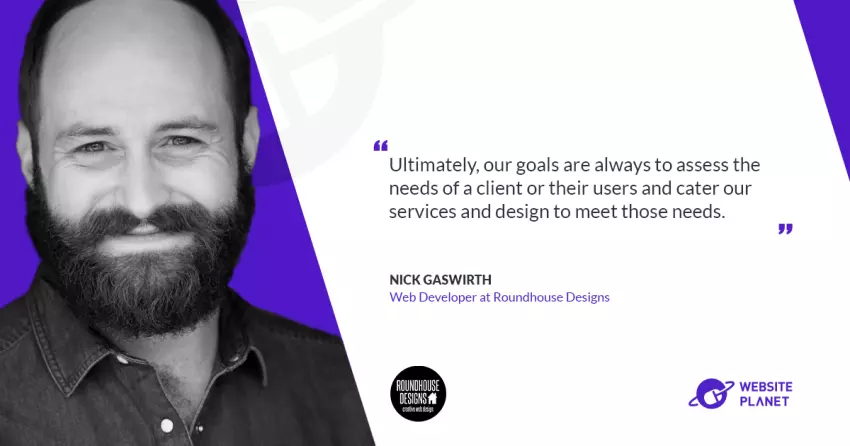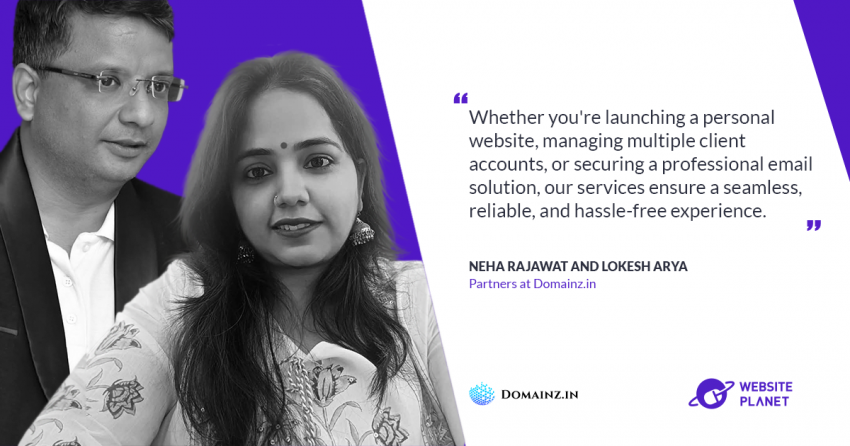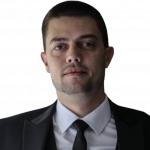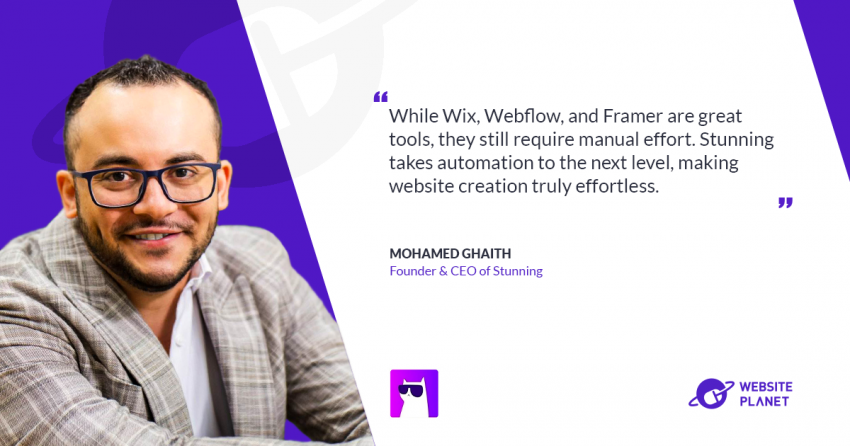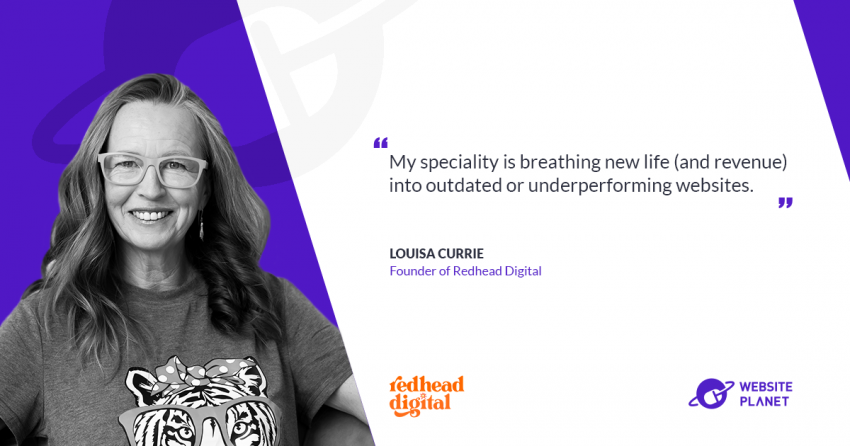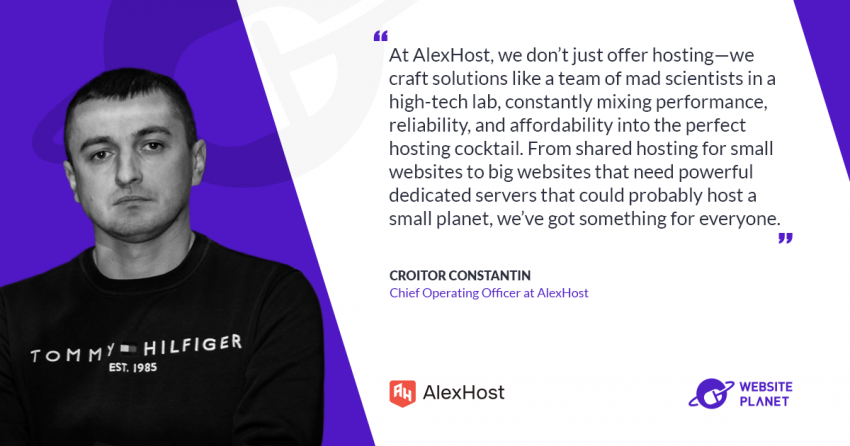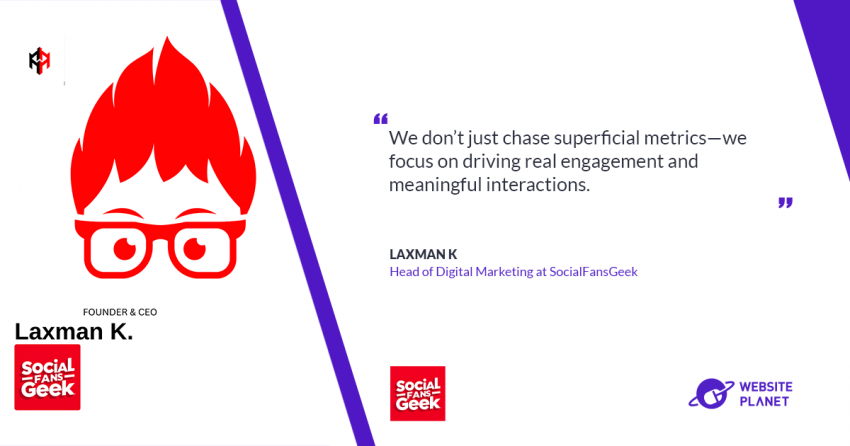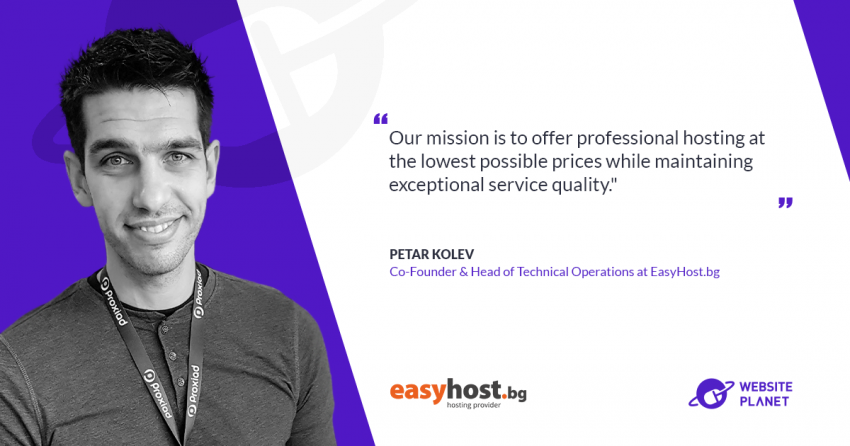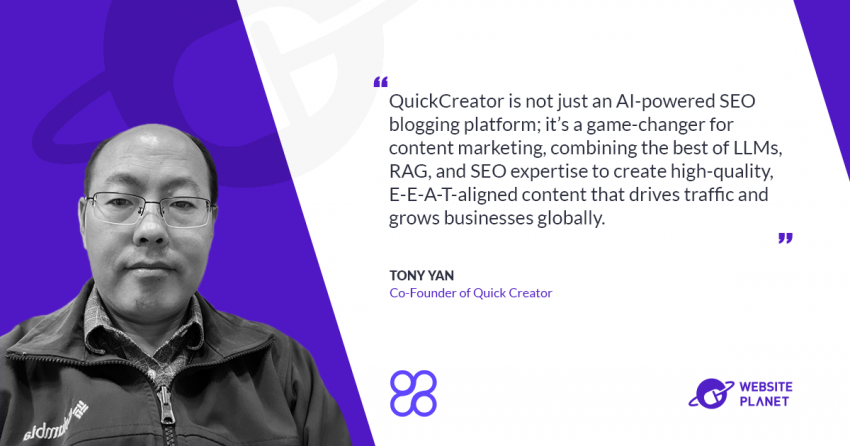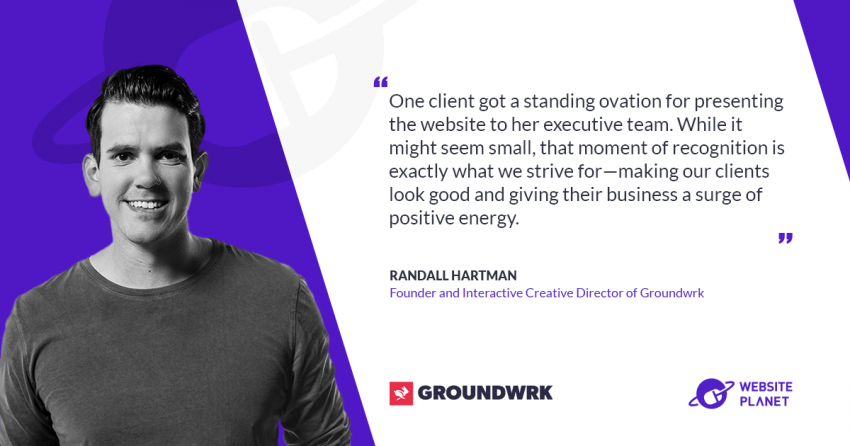Roundhouse Designs was born out of a passion for creating unique websites, initially designed to showcase the work of actors in New York City.
What started as a side project quickly turned into a full-time business, driven by a desire to bring a person’s personality to their website through thoughtful design. With a strong focus on creative industries, the team emphasizes custom web solutions that reflect the distinct identities of each client.
In this interview with
Website Planet, Nick shares how his team blends design expertise with technical innovation to create websites that help businesses and individuals stand out online.
What inspired you to establish Roundhouse Designs, and how has your background in musical theatre influenced your approach to web development?
Roundhouse Designs basically started because we made some cool websites for ourselves that promoted our work as actors, and then all of our friends wanted us to make them sites too. So what started out as a side hustle quickly turned into a full-time job. Pretty much all of our early clients were actor websites, creating digital business cards/resumes/portfolios for theatre actors in New York City. When we were first starting out, we had so few tools at our disposal that we had to find simple ways to bring a person’s personality to their websites. We got really good at using color, layout, and typography to showcase an artist’s style and personality. Those early days were literally designing in Photoshop, slicing up the images, and building sites with Dreamweaver.
From there, we started to break into a few other niches, including other arts industry sites like producers, directors, and shows, and then outside the theatre industry for bloggers, non-profits, and other small businesses. We always worked on our own as a two-man design team, and because of that, we were able to really grow and experiment with our own unique design language. Our sites really stood out because of that unique experimentation of wacky new-ness (early days of parallax, side-scrolling).
We also had a unique selling point to a lot of clients that we had been on both sides of the table so to speak, we knew what a site needed to include because we had gone through the process ourselves. Also, early on, we were dirt cheap and cranking out sites by the dozen. This led to the creation of our first in-house theme framework and moving past static sites into the WordPress ecosystem.
How do you tailor your web development services to meet the unique needs of creative businesses and individuals?
Our initial design meetings with clients end up going a bit above and beyond what you might expect, and often start to veer into business consulting. First and foremost, we strive to learn about the person or business we are making a site for and then determine what the goals of the site are. For creatives, artists, and makers, it is usually a pretty straightforward conversation about what they are trying to sell, and the site becomes the main way they market themselves digitally. For clients that need a bit above and beyond simple advertising, we thrive on creating unique digital solutions for whatever a client is trying to achieve. This has meant in the past custom e-commerce for a blogger selling subscription greeting card bundles for download, deep dives into recategorizing 1,000+ blog post archives for more successful SEO and site organization, or creating portfolios of work including everything from a director’s resume of shows to a writer’s pantheon of works.
Recently our biggest achievements have come in the form of directory building for arts-based nonprofits. We’ve been lucky to work with a number of organizations that are focused on diversity, equity, and inclusion, creating databases that help level the playing field so to speak in arts hiring practices. These projects include Maestra, which focuses on women who make music in the musical theatre industry; MUSE, which focuses on people of color in the music departments of the theatre industry; and RISE, which focuses on under-represented artists in all aspects of the theatre industry. All of these projects tasked us with finding a way to increase visibility for users who would otherwise find it difficult to be seen by the hiring entities on Broadway and beyond. Ultimately, our goals are always to assess the needs of a client or their users and cater our services and design to meet those needs.
Can you share a success story where your custom-built website significantly enhanced a client’s online presence?
One of our absolute favorite sites from the past few years has been a vintage art house movie theatre in California’s Central Valley. They had a killer domain name, thestate.org, and had been around since the ’30s. Their site prior to us working with them felt like it had been around since the 90’s. We were able to work with them to rebrand the business so their new branding and online aesthetic matched the neon signage on their historical building.
On top of a major facelift in looks, we were also able to integrate their external ticketing system into the site in a seamless way that let them get their calendar and POS system working seamlessly. The project enhanced everything about the business, leading them to some really awesome expansions in the past few years as well.
What advantages do your managed web hosting and VPS solutions offer to clients seeking reliable and efficient website performance?
Site owners who host with us have the nuts and bolts of running their WordPress sites taken care of. We used to manage our clients’ hosting on a popular, kinda ubiquitous hosting platform but were often frustrated when we had to rely on another company’s customer service to serve our own clients if something went wrong that we couldn’t control. About 13 years ago we decided to experiment with rolling our own Linux servers to host sites, and over the years we’ve turned that experiment into our own hosting network.
Our clients get a direct line to us when they need support, and we have granular control over the entire tech stack. Since we also develop the vast majority of the sites we host, the whole process and environment are tuned for our clients from the beginning.
How do you ensure that each website you create accurately reflects the distinct brand identity of your clients?
We start each project with a blank slate in terms of front-end design. While we do operate with some base templating that we have developed through the years and have a prevalent design language that we tend to fall back on through a design process, for the most part, we start each project aiming to take the client’s existing branding identity and turn it into a truly unique web presence.
This process can take on many phases, especially in cases where a client is also looking for graphic design services to create new brand identity collateral, but usually starts by finding out what type of visual elements and web functionality a client is drawn towards. Since we offer fully customized design, we can create a unique site that is an accurate representation of a client’s business, brand, and personality.
What emerging trends in web design and development are you currently excited about, and how do you plan to incorporate them into your services?
I wouldn’t call this trend or technology new, certainly, but we’ve begun moving from developing traditional WordPress theme-and-plugin packages to building larger, more complex sites with React and GraphQL, using WordPress as a headless backend. Our frontends are served with CloudFlare Pages, so we’re able to make really fast, completely individual packages for clients that can evolve and change organically and quickly, which we can’t do as easily when we’re developing and managing traditional WordPress themes.
We are still WordPress guys at our core, but we also know that WordPress is still catching up in a lot of ways with the Block Editor and Full Site Editing, so it’s great to be able to use WordPress to its fullest as a CMS, while still being able to use newer frontend tech.
Find out more at:
www.roundhouse-designs.com
